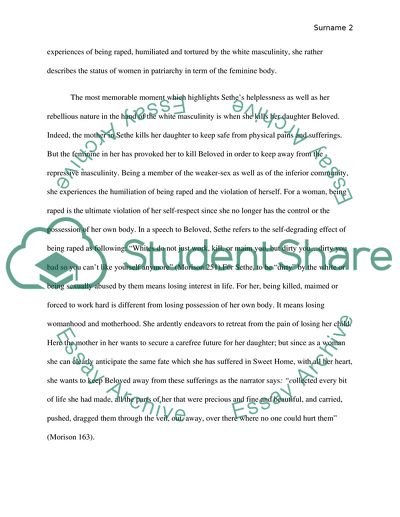Cite this document
(“Beloved analysis based on african -american and feminist school Term Paper”, n.d.)
Retrieved de https://studentshare.org/literature/1622081-beloved-analysis-based-on-african-american-and-feminist-school
Retrieved de https://studentshare.org/literature/1622081-beloved-analysis-based-on-african-american-and-feminist-school
(Beloved Analysis Based on African -American and Feminist School Term Paper)
https://studentshare.org/literature/1622081-beloved-analysis-based-on-african-american-and-feminist-school.
https://studentshare.org/literature/1622081-beloved-analysis-based-on-african-american-and-feminist-school.
“Beloved Analysis Based on African -American and Feminist School Term Paper”, n.d. https://studentshare.org/literature/1622081-beloved-analysis-based-on-african-american-and-feminist-school.


